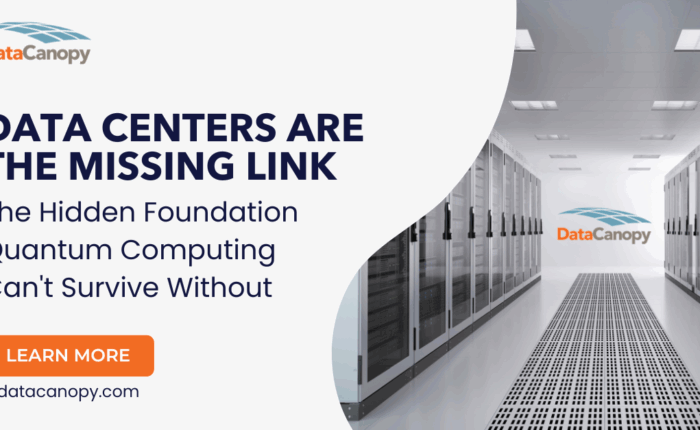 In a recent survey of more than 1500 IT managers worldwide, 451 Research found that more than 70% of organizations plan to use multiple cloud service providers over the next two years. The push to cloud for some, but not all, applications and workloads has resulted in the hybrid cloud being the norm for enterprises. While this might not be too surprising considering the amount of marketing attention hybrid receives, it is worth noting that no hybrid cloud is the same and can mean wildly different things for each organization. The standard is not to have a standardized solution. The beauty of a hybrid environment for most organizations is that it can be truly customized to the needs and goals of each business. This is also one of its major challenges. How to manage and secure that infrastructure when it isn’t all on-premise or all in one cloud? The answer is: very carefully.
In a recent survey of more than 1500 IT managers worldwide, 451 Research found that more than 70% of organizations plan to use multiple cloud service providers over the next two years. The push to cloud for some, but not all, applications and workloads has resulted in the hybrid cloud being the norm for enterprises. While this might not be too surprising considering the amount of marketing attention hybrid receives, it is worth noting that no hybrid cloud is the same and can mean wildly different things for each organization. The standard is not to have a standardized solution. The beauty of a hybrid environment for most organizations is that it can be truly customized to the needs and goals of each business. This is also one of its major challenges. How to manage and secure that infrastructure when it isn’t all on-premise or all in one cloud? The answer is: very carefully.
Migration Planning
It would be wonderful if a road map existed that showed exactly what applications to virtualize and what workloads work best where to best support your organization, wouldn’t it? Unfortunately, that doesn’t exist, so careful planning must be undertaken before virtualization with monitoring put in place for ongoing evaluation to determine the appropriate course of action for your environment’s and business’s unique requirements. While you are certainly the expert in your environment, the transition to a multi-cloud environment with legacy hardware and other infrastructure concerns can be a tricky proposition. Partnering with a data center partner, someone who has done it before and can help you identify areas for improved efficiency, opportunities to consolidate, and isolate security challenges, will help you to focus on the strategic aspects of the migration and have an experienced guide to help you navigate the journey.
Security and Compliance
Security still remains one of the key factors limiting many organizations from migrating any of their infrastructure off premise. When you host in a Tier III+ data center or on a cloud with FedRAMP or other regulatory certifications, you can evaluate the business impact for any new applications without worrying about also architecting the underlying infrastructure supporting them to maintain compliance. The beauty of a hybrid environment is that security can be optimized where needed and virtualization is never an all or nothing proposition. Ensuring security for your infrastructure helps to provide a foundation for innovation – especially in regulated industries. Once that is secure, you can build your security services on top of that for anti-DDoS, access and event management, and other threat prevention and detection tools.
Managing It All
So you figured out the mix that is right for your organization and now you’re ready to operate like a fine-tuned machine. As IT becomes more and more strategic, the management of the power, cooling, and scaling in an on-premise data center as well as the coordination among multiple cloud vendors inherent to hybrid becomes a distraction. While there will always be a need to be hands-on in the management of application-layer items for most organizations, partnering with a data center provider that can bring the bulk of your infrastructure services under one contract and be the touch point for those services is a huge benefit and time saver. When picking a data center partner, find one that can help to meet your needs and free your team up to do its most important work.
The promise of hosting hardware in a data center or moving applications to the cloud is great. While there are costs associated with such a move, the benefits are that the day-to-day focus of your inside team shifts from tactical management to strategic initiatives, which provides higher value to the business and helps it to grow. Hybrid cloud helps you to do that in a way that is customized to your specific infrastructure requirements so that your environment is fine tuned for your business. Interested in getting your hybrid migration started? Click here for a free assessment.



